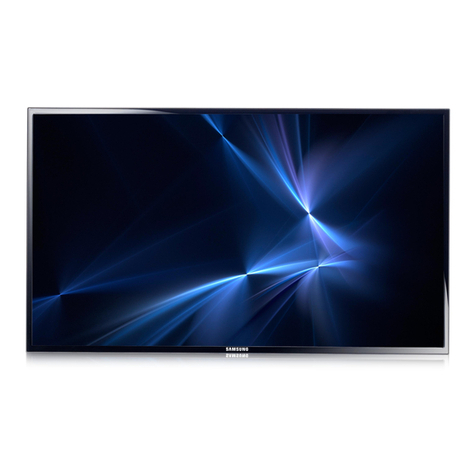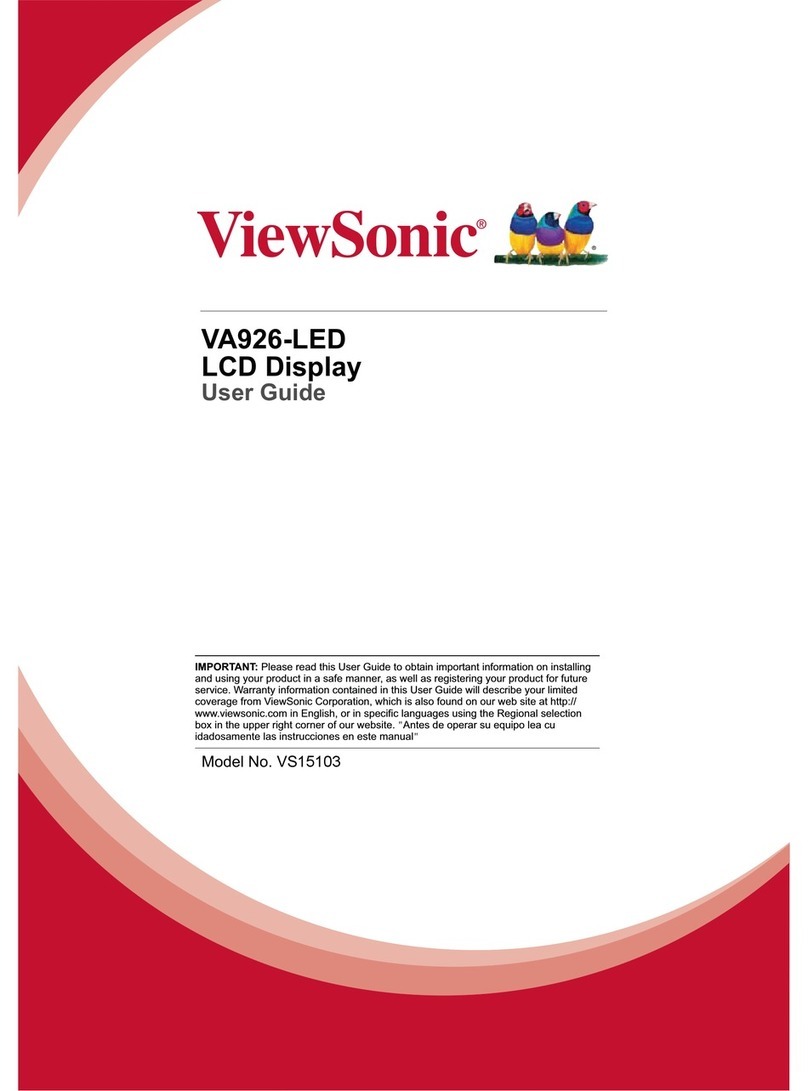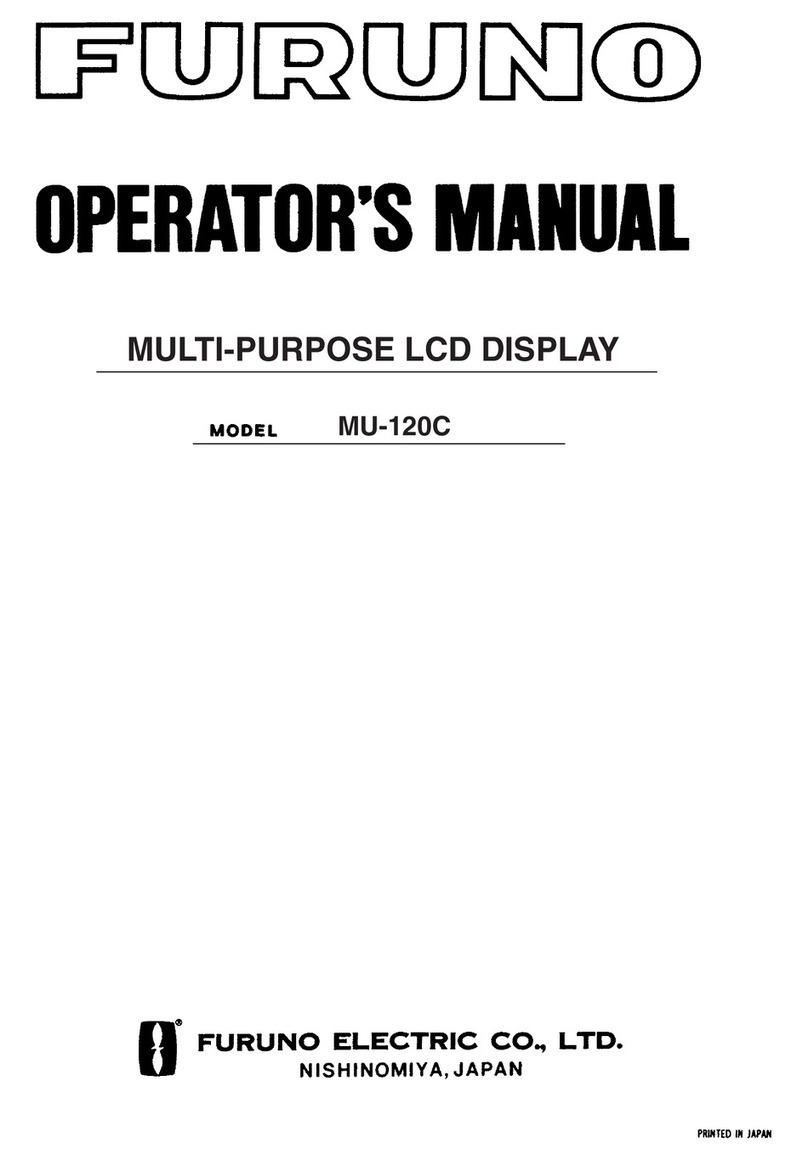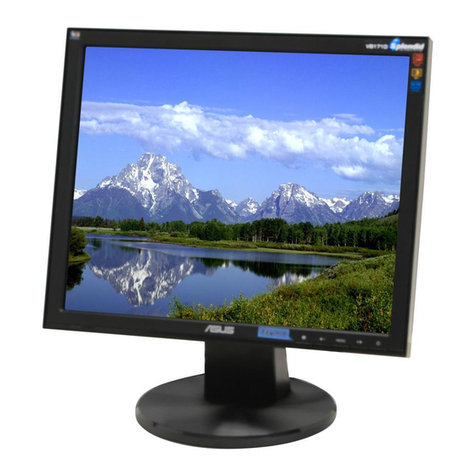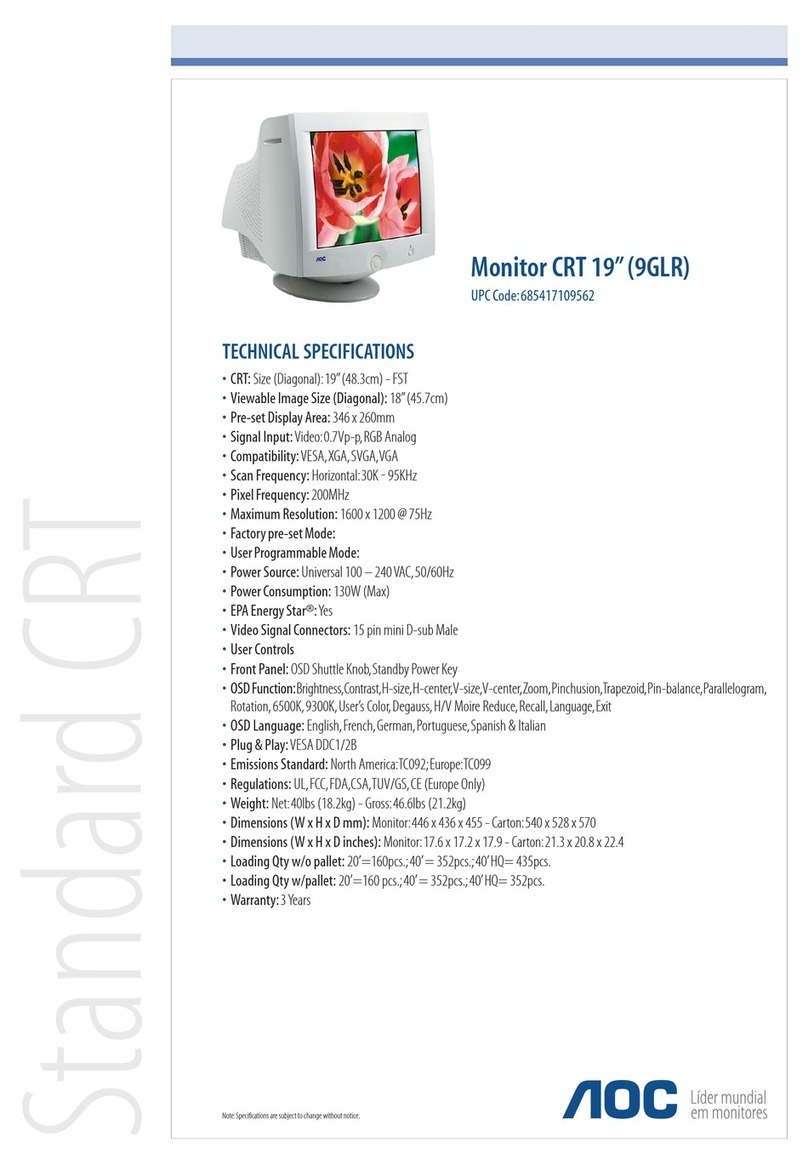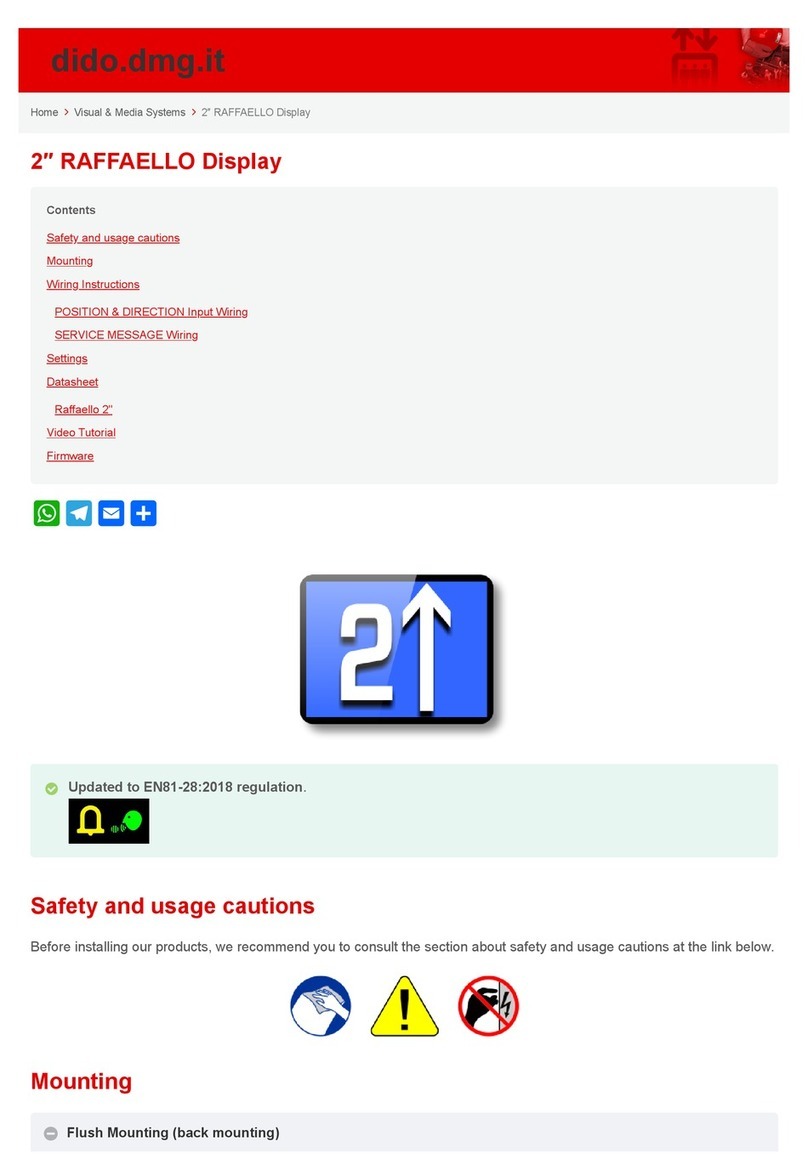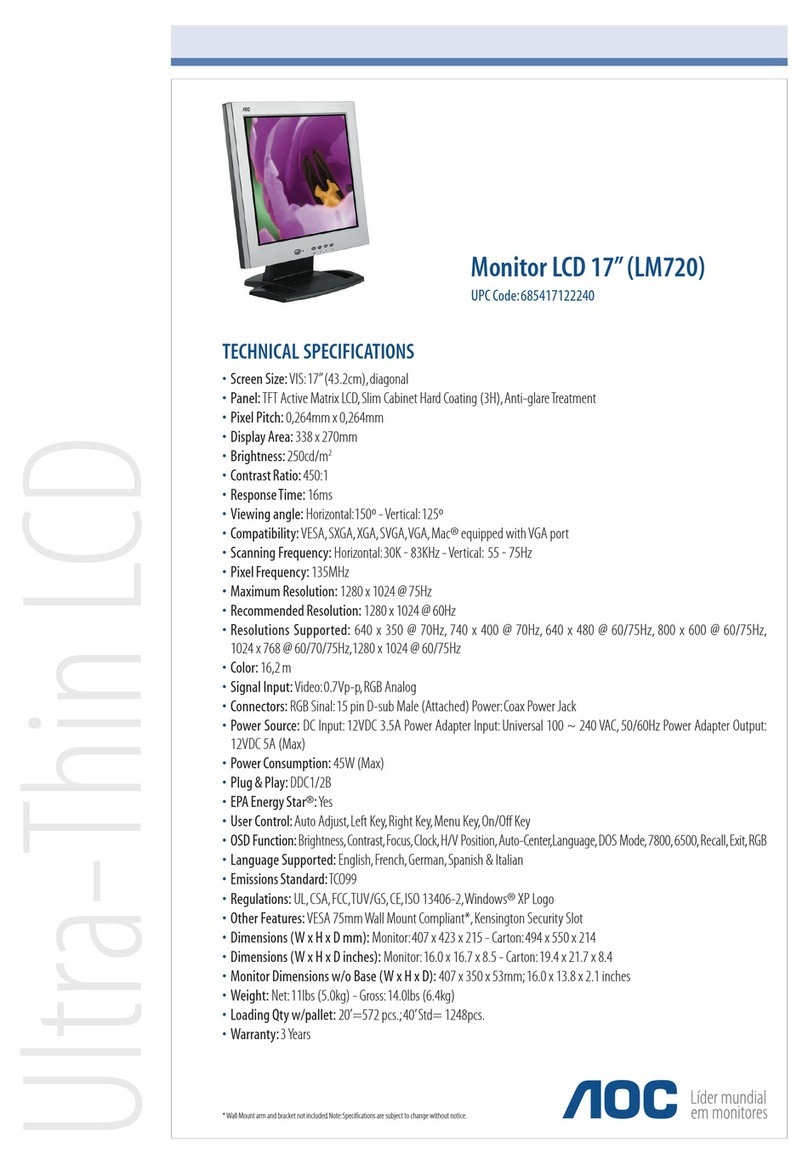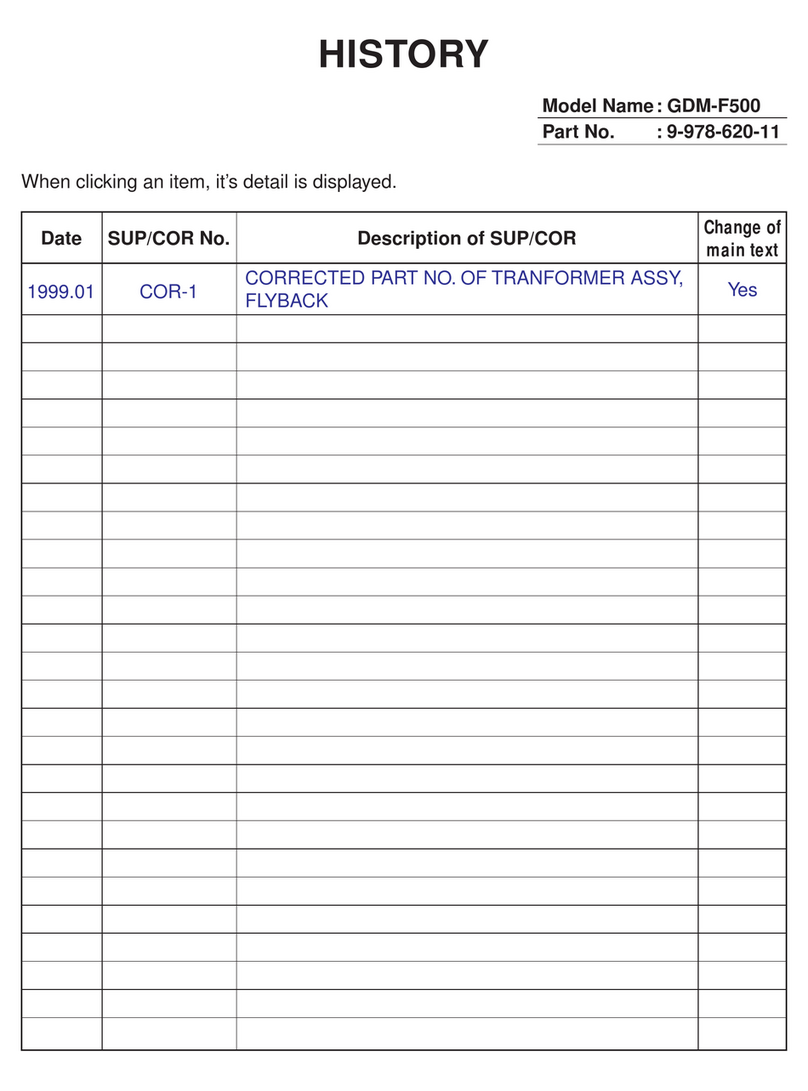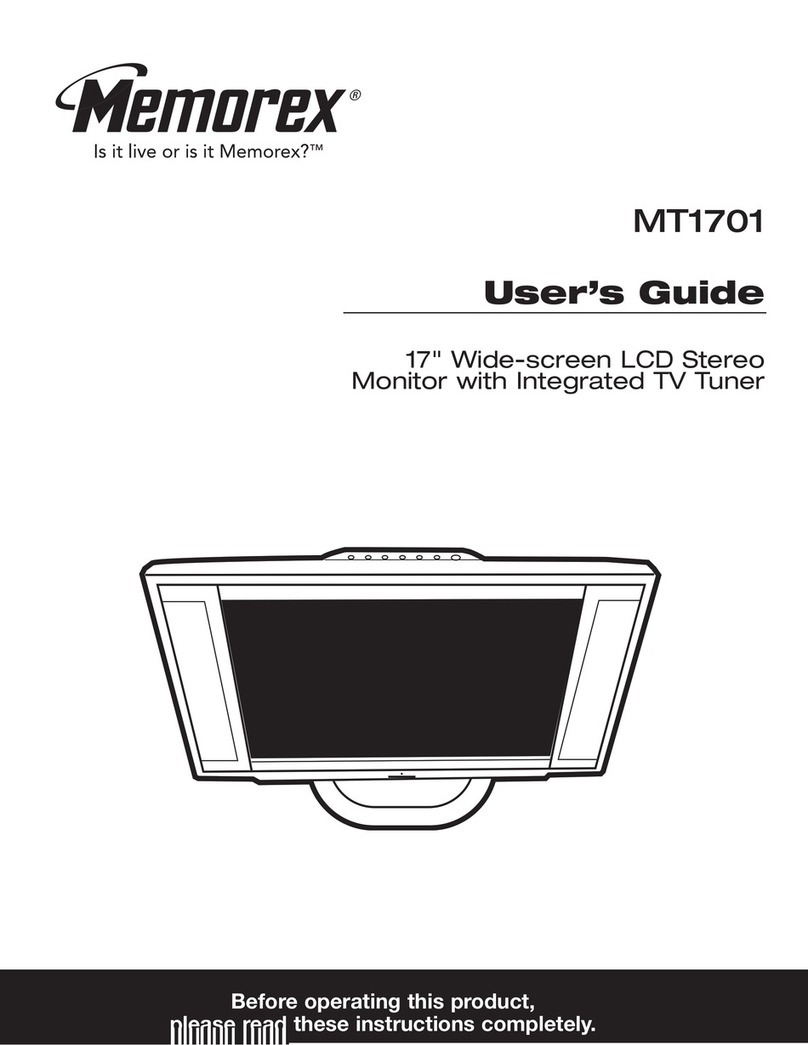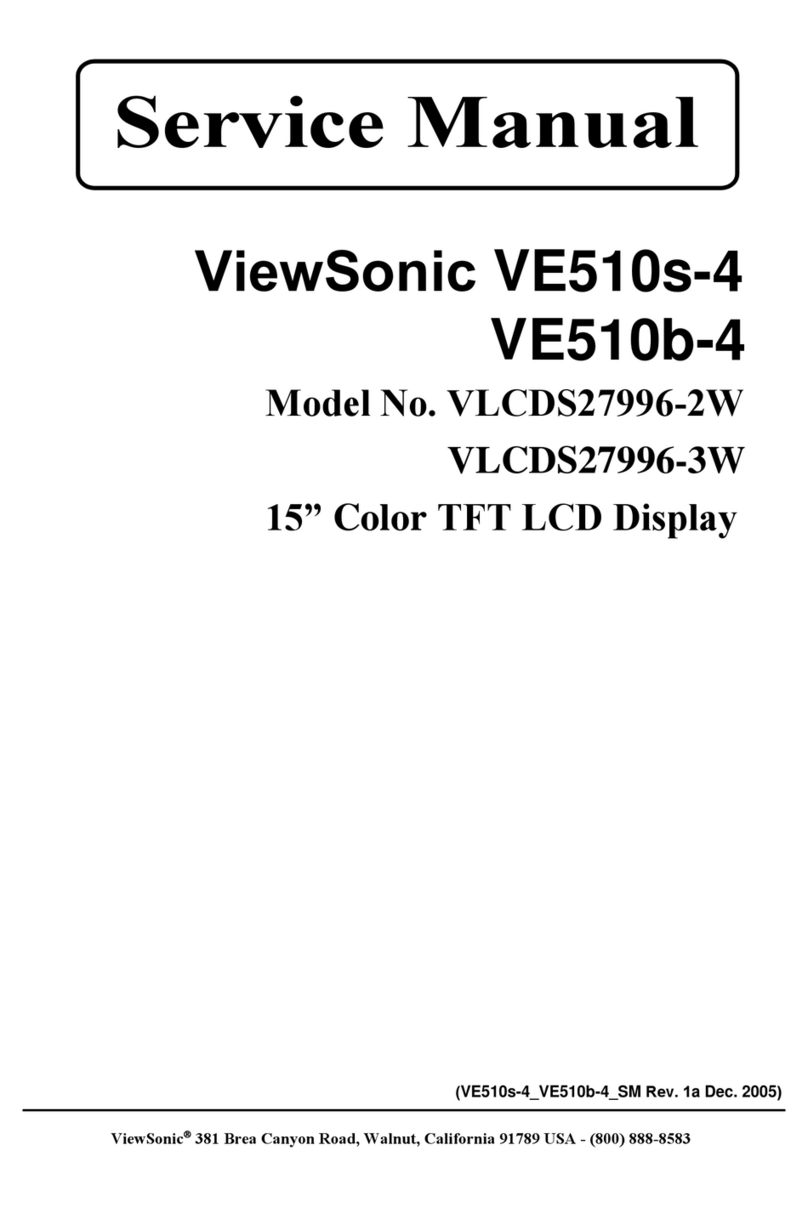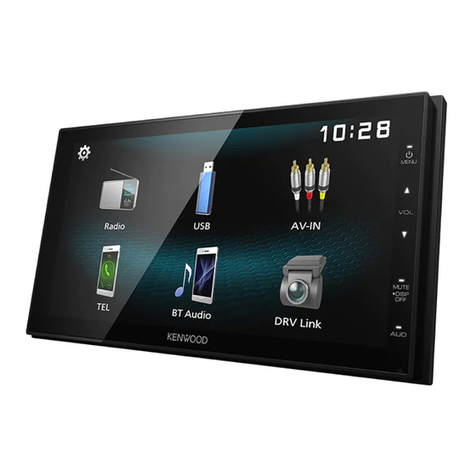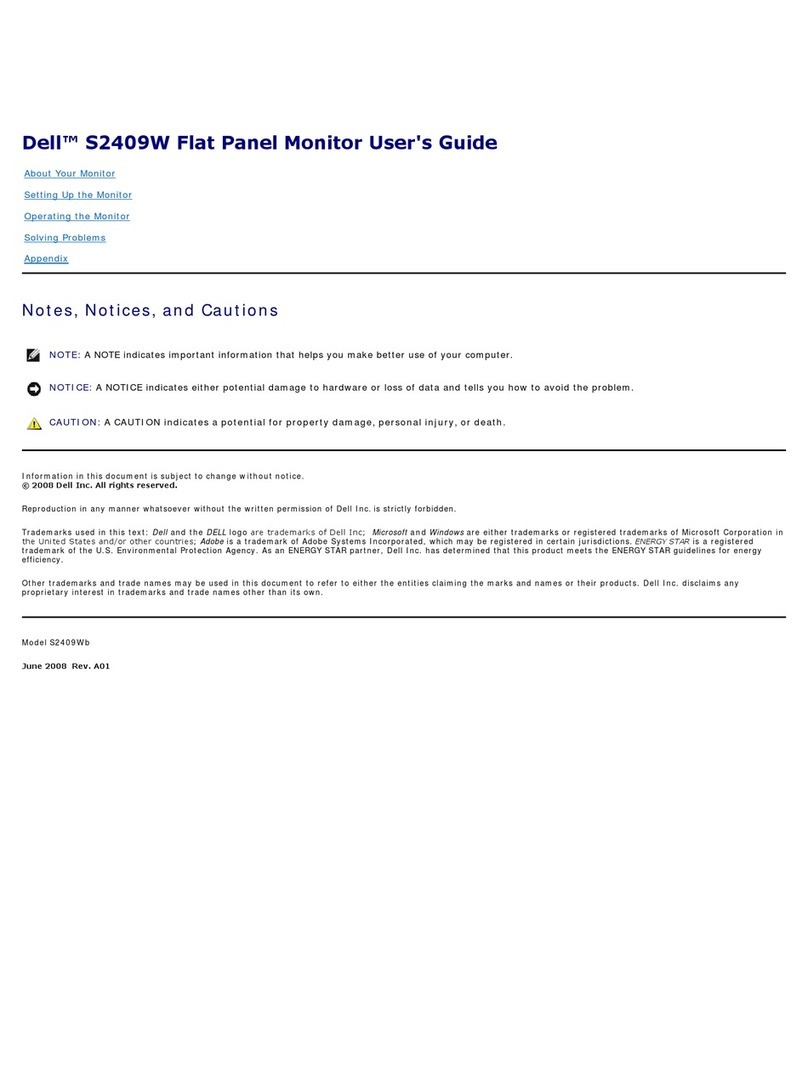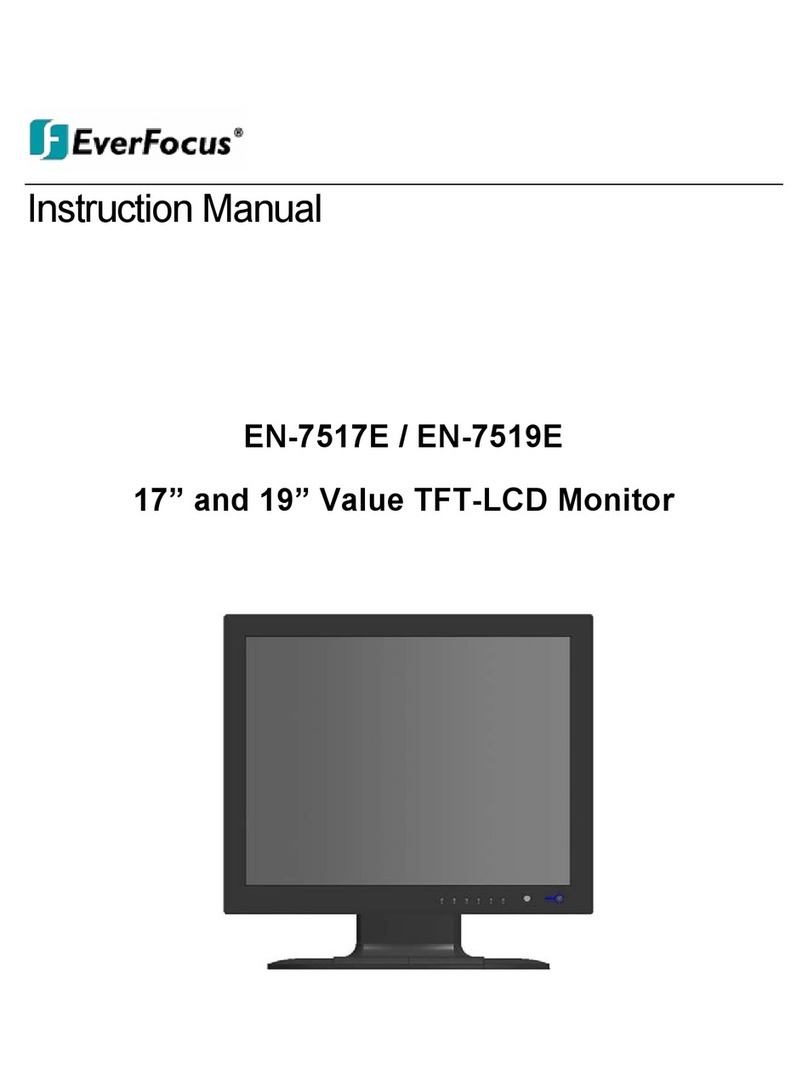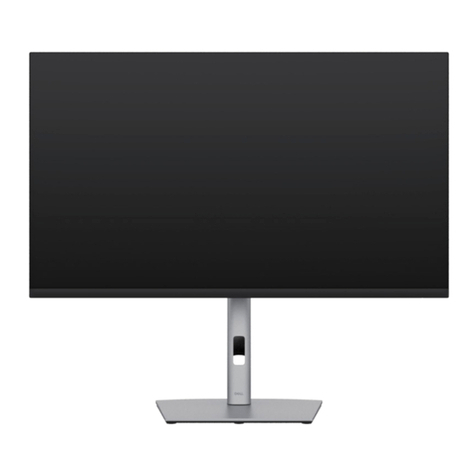Lauterbach XA51 User manual

XA51 Monitor 1
©1989-2019 Lauterbach GmbH
XA51 Monitor
TRACE32 Online Help
TRACE32 Directory
TRACE32 Index
TRACE32 Documents ......................................................................................................................
ICD In-Circuit Debugger ................................................................................................................
Processor Architecture Manuals ..............................................................................................
XA51 .........................................................................................................................................
XA51 Monitor ........................................................................................................................ 1
Brief Overview of Documents for New Users ................................................................. 2
WARNING ........................................................................................................................... 4
Quick Start of the 51XA ROM Monitor ............................................................................. 5
Troubleshooting ................................................................................................................ 7
FAQ 7
Basics ................................................................................................................................. 8
Monitor Features 8
Monitor Files 8
Address Layout 8
Vector Table 9
Configuration 9
General SYStem Settings and Restrictions .................................................................... 10
SYStem.CPU CPU type 10
General Restrictions 10
Memory Classes ................................................................................................................ 11
Support ............................................................................................................................... 12
Available Tools 12
Compilers 12
Realtime Operation System 12
Debuggers 12
Products ............................................................................................................................. 13
Product Information 13
Order Information 13

XA51 Monitor 2
©1989-2019 Lauterbach GmbH
XA51 Monitor
Version 16-Apr-2019
Brief Overview of Documents for New Users
Architecture-independent information:
•“Debugger Basics - Training” (training_debugger.pdf): Get familiar with the basic features of a
TRACE32 debugger.
•“T32Start” (app_t32start.pdf): T32Start assists you in starting TRACE32 PowerView instances
for different configurations of the debugger. T32Start is only available for Windows.
•“General Commands” (general_ref_<x>.pdf): Alphabetic list of debug commands.
P:003076 \\IAR196\iar196\sieve+86 ........... MIX AI
E::w.d.l
addr/line code label mnemonic comment
P:00306E C318041C st 1C,4[18]
607 while ( k <= SIZE )
P:003072 A318041C ?0178: ld 1C,4[18]
P:003076 BD1220 ldbse 20,#12
P:003079 88201C cmp 1C,20
P:00307C D225 jgt 30A3 ; ?0177
{
609 flags[ k ]
P:00307E 111C ?0179: clrb 1C E::w.v.f /l
P:003080 A118C220 ld 20,#0C21 -001 main()
P:003084 C81C push 1C j = 24910
P:003086 A318061C ld 1C,6[18] p = 0x0C214
P:00308A 64201C add 1C,20 return = 18
0 1 2 3 0123 pop 20 -000 sieve()
E::w.r 00 00 C0 7F .... stb 20,[1C] i = 0
ST _ SP 0CA12 00 00 00 00 .... k += primz primz = 3
I _ PC 3076 00 00 D1 F4 .... k = 18
Cy _ PSW 10 00 00 FF FF anzahl = 0
VT V IM 0 C1 0B 00 00 E::w.v.v flags return = 18
V _ IM1 0 flags = (1, 1, 1, 0, 1, 1,

XA51 Monitor 3
©1989-2019 Lauterbach GmbH
Architecture-specific information:
•“Processor Architecture Manuals”: These manuals describe commands that are specific for the
processor architecture supported by your debug cable. To access the manual for your processor
architecture, proceed as follows:
- Choose Help menu > Processor Architecture Manual.
•“OS Awareness Manuals” (rtos_<os>.pdf): TRACE32 PowerView can be extended for operating
system-aware debugging. The appropriate OS Awareness manual informs you how to enable the
OS-aware debugging.

XA51 Monitor 4
©1989-2019 Lauterbach GmbH
WARNING
NOTE: Do not connect or remove probe from target while target power is ON.
Power up: Switch on emulator first, then target
Power down: Switch off target first, then emulator

XA51 Monitor 5
©1989-2019 Lauterbach GmbH
Quick Start of the 51XA ROM Monitor
Starting up the ROM Monitor is done as follows:
1. Select the device B: for the ROM Monitor.
2. Power the system down (optional).
This instruction is necessary when the system is restarted. When the system is active while you try to
reinitialize it, you get an error message.
3. Map the EPROM simulator. The mapping of the EPROM simulator is described in the section
“Mapping the EPROM simulator”.
4. Load the application program.
The format of the Data.LOAD command depends on the file format generated by the compiler. The
corresponding options for all available compilers are listed in the compiler list. A detailed description of the
Data.LOAD command is given in the Emulator Reference Manual.
5. Load the monitor program. Usally the monitor program runs at address 4000 in the ROM area.
NOTE: Do not connect or remove probe from target while target power is ON
Power up: Switch on emulator first, then target
Power down: Switch off target first, then emulator
b:
sys.d
d.load.ht appl.hex
d.load.b romxa.bin 0x0--0x3f /ny
d.load.b romxa.bin 0x4000 /offset 0x4000 /ny

XA51 Monitor 6
©1989-2019 Lauterbach GmbH
Set other vector locations (e.g. NMI) as required.
6. Set the polarity of the Reset and NMI signal according to your target. The NMI signal is optional,
it can be used to interrupt the program.
7. Start the ROM Monitor. If the RESET output of the ESI is not connected you must press the
RESET button on your target after entering this command.
A typical start sequence is shown below:
The start up can be automated using the programming language PRACTICE.
x.respol -
x.nmipol -
x.nmibreak on
sys.up
; the EPROM (8-bit) is in the addressrange 0x0--0x7fff
; the RAM is in the addressrange 0x8000--0x0ffff
b:
sys.d
winclear
map.res
map.bus16 0x0--0x1ffff
d.load.ht htc.hex /p
d.load.b romxa.bin 0x0--0x0ff
/ny
d.load.b romxa.bin 0x4000
/offset 0x4000 /ny
d.s p:0x80 %w 0x8f00 0x4050
x.respol -
x.nmipol -
x.nmibreak on
sys.up
d.s sfr:0x426 0x81
d.s sfr:0x4a0 0x7
r.s im 0x0
; select the Debugger device
; switch the system down
; clear all windows
; map the EPROM simulator
; load the application
; overload this with the monitor
; set the Interupt vector for manual
break
; adapt the polarity of RES and NMI
; enables the connection of the NMI
signal
; power the system up
; enable EXTINT0 as manual break

XA51 Monitor 7
©1989-2019 Lauterbach GmbH
Troubleshooting
FAQ
No information available
EPROM
Simulator Error
on Data
Modification
Ref: 0056
Why crashes ROM monitor after modification of EPROM?
Check that there is enough space left on the stack. See also "Restrictions for
Stack Requirements".
Step or
Breakpoint
Fails
Ref: 0061
Why does single step or breakpoint not work?
Check that there is enough space left on the stack before and after the execution
of the instruction. See "Restrictions for Stack Requirements". Make sure that the
single step and INT3 vector (1 + 3) are valid and point to the correct monitor
entry.
Stepping Fails
when
Executing MOV
SP,xxx
Ref: 0062
Why does stepping fail, when executing a MOV SP,xxx instruction?
Check that there is enough space left on the stack before and after the execution
of the instruction. See "Restrictions for Stack Requirements".
Check that the value for the CP is within limits for the CPU and that the register
space ist not beeing overwritten by the stack. See "Restrictions for Stack
Requirements".

XA51 Monitor 8
©1989-2019 Lauterbach GmbH
Basics
Monitor Features
The monitor requires no stack during startup and memory operations. A valid stack is only required for single
step and go commands. This allows to use the monitor even when the stack is not valid. External RAM
memory is not required during startup and for memory operations. This allows to use the monitor also on not
fully functional hardware. The NMI pin of the EPROM Simulator can be used to manually stop the target
program.
Monitor Files
The 'romxa' and 'romxaw' monitors are for Eprom Simulator solutions, while the 'romxae' monitor is used as
foreground monitor for Emulators. By using a foreground monitor the target program can be single stepped
without stopping the target processors interrupts. Both monitors have the same source file 'romxa.asm'. This
sourcefile should not be modified, it is only included for reference purposes.
Address Layout
The Rom Monitor is freely relocatable in the first 64K of the address space by reassembling the source. The
communication area for the Eprom Simulator is located at the fixed address 1000 to 1FFF for 8-bit EPROMs.
For 16-bit EPROMs the communication area is at address 2000--3FFF.
The monitor program consists of three parts:
•VectorTable
• Configuration Table
• Monitor Program Code
The '.bin' and '.asm' files contain all three parts of the monitor. The address layout of the default monitor is as
follows:
0x0000--0x003F
0x4000--0x401F
0x4020--0x7fff
Vector Table
Configuration Table
Monitor Code

XA51 Monitor 9
©1989-2019 Lauterbach GmbH
Vector Table
For the first tests of a software, the '.bin' files can be loaded with vector and configuration table. When the
vector table becomes part of the application, it is not loaded with the monitor. Instead the table is setup
according to the application (the table may also reside in RAM). Some vectors must be set up to point into
the monitor program code. The entry points are located at the beginning of the monitor.
Configuration
The configuration table of the monitor must always be located directly before the monitor code. The default
location used in the binary files is 4000 (hex).
• Max. allowed SFR address (word at offset 02H)
This allows to make reduce the memory required by the ROM Monitor. Most part of the ROM Monitor code
is required for a free access to all SFRs. The code for accessing the SFRs is placed at the end of the
monitor. If the upper SFRs are not required, the monitor can be made shorter and the new upper limit can be
entered in this configuration byte. The monitor can be made 12 bytes shorter for each SFR that is not used.
vector addr entry point usage
0000 4020+20 Reset
0004 4020+30 Breakpoint Trap
xxxx 4020+30 Manual Break (optional)
yyyy 4020+40 Any unused vector may be handled by the monitor

XA51 Monitor 1 0
©1989-2019 Lauterbach GmbH
General SYStem Settings and Restrictions
SYStem.CPU CPU type
Selects the processor type. The ROM debugger requires may also require a modification in the configuration
table for some processor types.
General Restrictions
Format: SYStem.CPU <mode>
<mode>: XAG3
Stack Memory The ROM debugger needs 16 bytes of memory on the current stack
for starting and stopping the emulation.
Floating Data Bus
(only ROM Emulator)
The data bus must have pull-up and pull-down resistors to have
the pattern 0feff on the bus when the EPROM emulator is inactive.
Watchdog Timer The watchdog timer is disabled in the ROM Monitor

XA51 Monitor 1 1
©1989-2019 Lauterbach GmbH
Memory Classes
Memory Class Description
DData
PProgram
X External access (8051 compatible access)
SFR SFR Register access

XA51 Monitor 1 2
©1989-2019 Lauterbach GmbH
Support
Available Tools
tbd
Compilers
Realtime Operation System
No RTOS supported.
Debuggers
Language Compiler Company Option Comment
C HTC-XA Microchip Technology
Inc.
HITECH
C HICROSS-XA NXP Semiconductors HICROSS
C CXA TASKING IEEE
CPU Tool Company Host
WINDOWS CE PLATF.
BUILDER
- Windows
CODE::BLOCKS - -
C++TEST - Windows
ADENEO -
X-TOOLS / X32 blue river software GmbH Windows
CODEWRIGHT Borland Software
Corporation
Windows
CODE CONFIDENCE
TOOLS
Code Confidence Ltd Windows
CODE CONFIDENCE
TOOLS
Code Confidence Ltd Linux
EASYCODE EASYCODE GmbH Windows
ECLIPSE Eclipse Foundation, Inc Windows

XA51 Monitor 1 3
©1989-2019 Lauterbach GmbH
Products
Product Information
Order Information
CHRONVIEW Inchron GmbH Windows
LDRA TOOL SUITE LDRA Technology, Inc. Windows
UML DEBUGGER LieberLieber Software
GmbH
Windows
SIMULINK The MathWorks Inc. Windows
ATTOL TOOLS MicroMax Inc. Windows
VISUAL BASIC
INTERFACE
Microsoft Corporation Windows
LABVIEW NATIONAL
INSTRUMENTS
Corporation
Windows
TPT PikeTec GmbH Windows
CANTATA QA Systems Ltd Windows
RAPITIME Rapita Systems Ltd. Windows
RHAPSODY IN MICROC IBM Corp. Windows
RHAPSODY IN C++ IBM Corp. Windows
TESSY Razorcat Development
GmbH
Windows
DA-C RistanCASE Windows
TRACEANALYZER Symtavision GmbH Windows
ECU-TEST TraceTronic GmbH Windows
UNDODB Undo Software Linux
TA INSPECTOR Vector Windows
VECTORCAST UNIT
TESTING
Vector Software Windows
VECTORCAST CODE
COVERAGE
Vector Software Windows
CPU Tool Company Host
Table of contents
